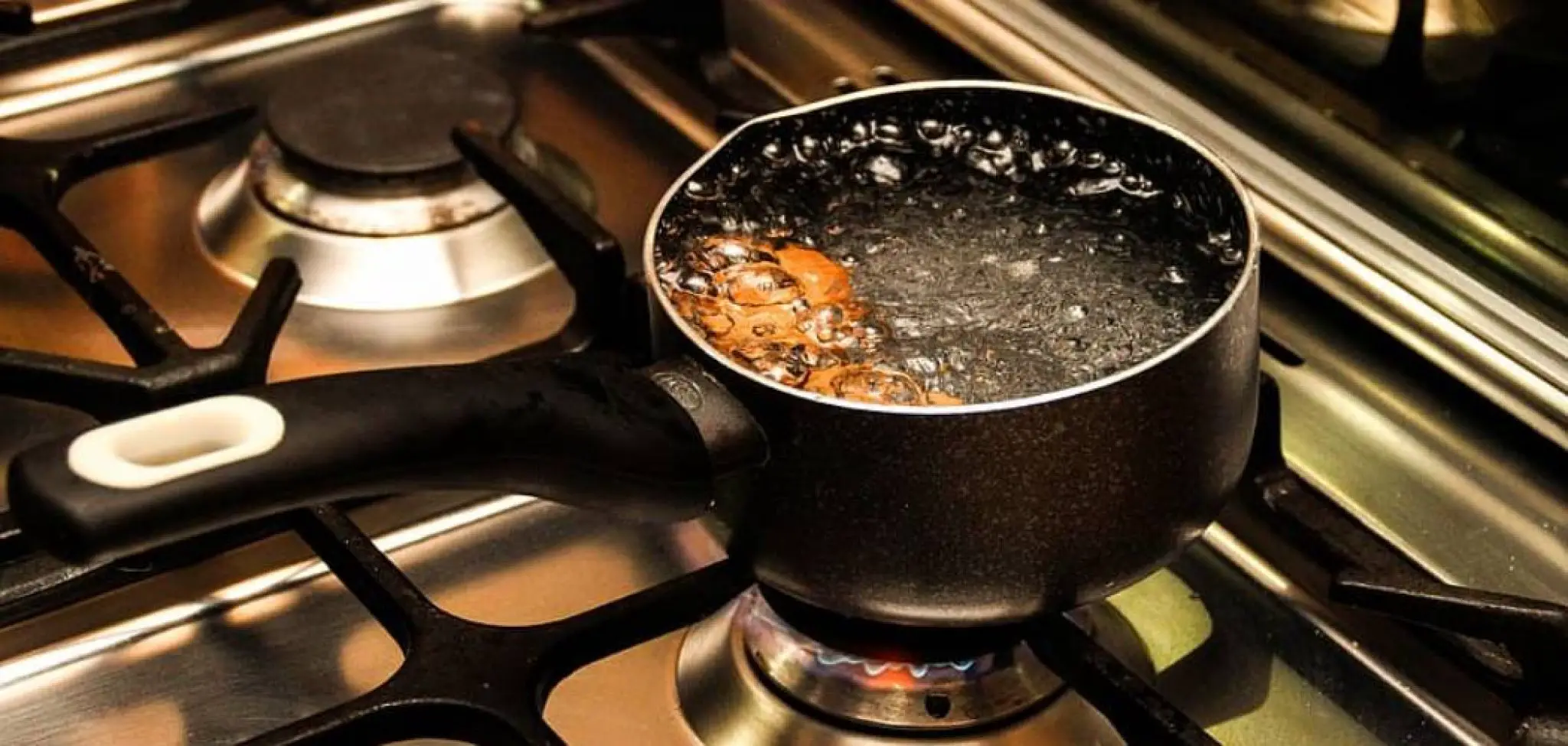Master the Art of Simmering on the Stove
I. Introduction

A. Definition of simmering and its culinary importance
Simmering is a gentle cooking method that involves maintaining a low, steady heat to cook ingredients slowly and evenly. This technique is crucial in culinary arts as it allows flavors to develop, textures to soften, and nutrients to be preserved. In this article, we will explore the art of simmering on the stove and provide valuable techniques and tips for achieving delicious results.
B. Overview of the article’s focus on simmering techniques and tips
This article will delve into the basics of simmering on the stove, including understanding the technique and recognizing its benefits. We will then explore various techniques for successful simmering, such as setting the heat correctly, choosing the right cookware and ingredients, and preparing recipes in a way that maximizes flavor and texture.
II. The Basics of Simmering on the Stove
A. Understanding simmering as a cooking method
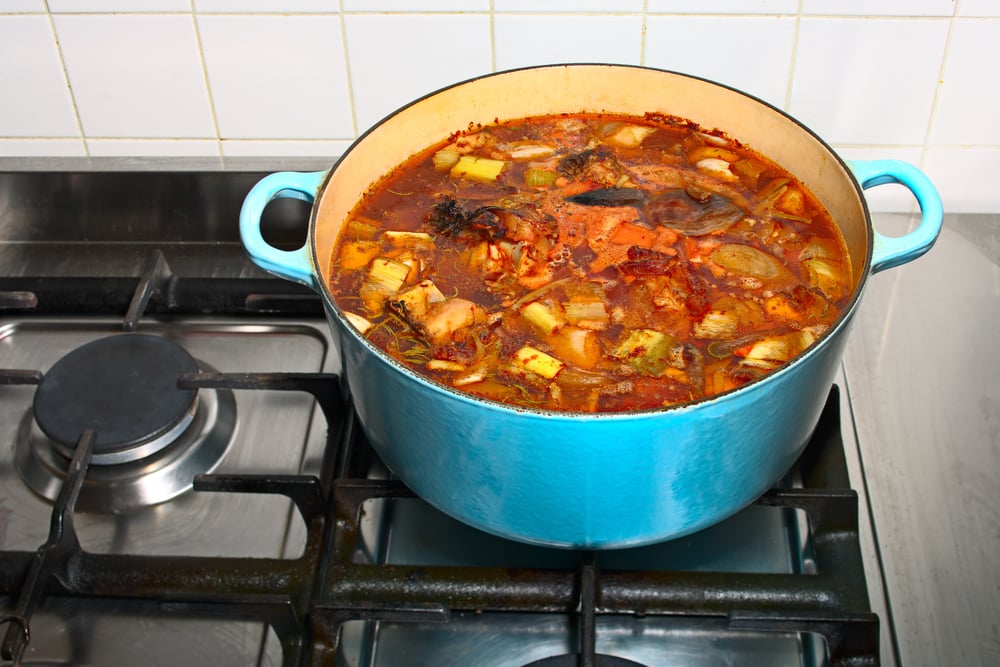
Simmering involves maintaining a temperature range between 180°F to 205°F (82°C to 96°C). This temperature range is below boiling but still hot enough to cook ingredients thoroughly. It is important to recognize the difference between simmering and boiling, as boiling occurs at a higher temperature and involves more vigorous bubbling and movement.
B. Benefits of simmering
Simmering offers a range of benefits that enhance the overall flavor and texture of cooked dishes. By maintaining a gentle heat, simmering allows flavors to develop slowly, resulting in rich and complex taste profiles. It also helps preserve the natural nutrients in ingredients, making simmered dishes both delicious and nutritious. Additionally, simmering promotes tenderness, especially in tougher cuts of meat, by breaking down collagen and connective tissues.
III. Techniques for Successful Simmering
A. Setting the heat To achieve a gentle simmer, it is important to set the heat correctly on your stove. Start by bringing your liquid or dish to a boil and then reduce the heat to a low setting. Observe the simmering process and adjust the heat accordingly to maintain a steady, gentle bubbling action. This prevents the dish from boiling or overheating.
B. Choosing the right cookware and ingredients Simmering relies on even heat distribution, so choosing the right cookware is essential. Opt for heavy-bottomed pots or pans that provide excellent heat retention and distribution. Additionally, consider the size of your cookware in relation to the quantity of the ingredients, ensuring that there is enough space for even heat circulation.
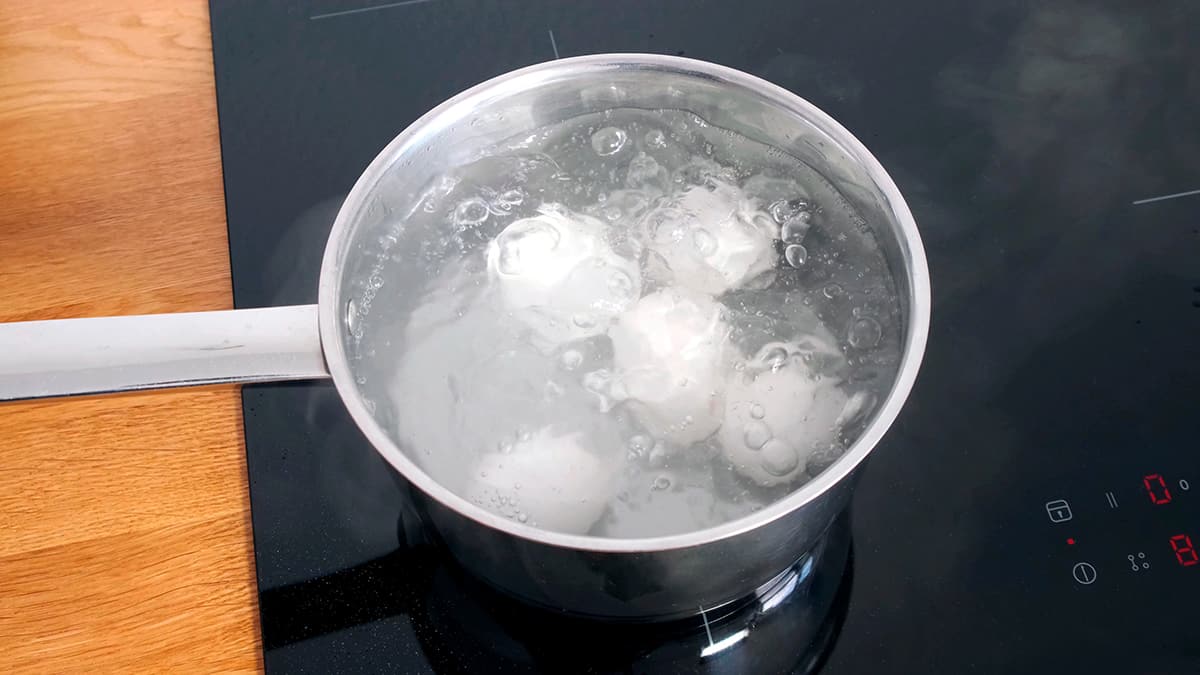
When selecting ingredients for simmering, choose those that benefit from long, slow cooking. Tough cuts of meat, root vegetables, beans, and grains are excellent choices. These ingredients can fully develop their flavors and become tender and savory through the simmering process.
C. Preparing the recipe for simmering The preparation of a recipe greatly influences the outcome of simmering. Ensure that you properly prep your ingredients before adding them to the pot. This includes washing, peeling, and cutting them as necessary. For best results, add ingredients gradually, taking into consideration the required cooking time for each component. This ensures that flavors meld together harmoniously and that ingredients cook evenly.
IV. Tips for Flavorful Simmered Dishes
A. Infusing flavors into simmered dishes
- Using aromatics, herbs, and spices To enhance the flavors of simmered dishes, incorporate aromatic ingredients such as onions, garlic, ginger, and leeks. These ingredients add depth and complexity to the dish. Additionally, incorporating herbs like rosemary, thyme, and bay leaves, as well as spices like cinnamon, cumin, or paprika, can introduce unique flavors and aromas.
- Allowing sufficient simmering time for flavors to meld Simmering allows the flavors of the ingredients to meld together and develop richness. This process takes time, so it is important to allow the dish to simmer for the recommended duration. This helps the ingredients release their flavors and infuse the dish with a savory taste.
B. Incorporating liquids and broths
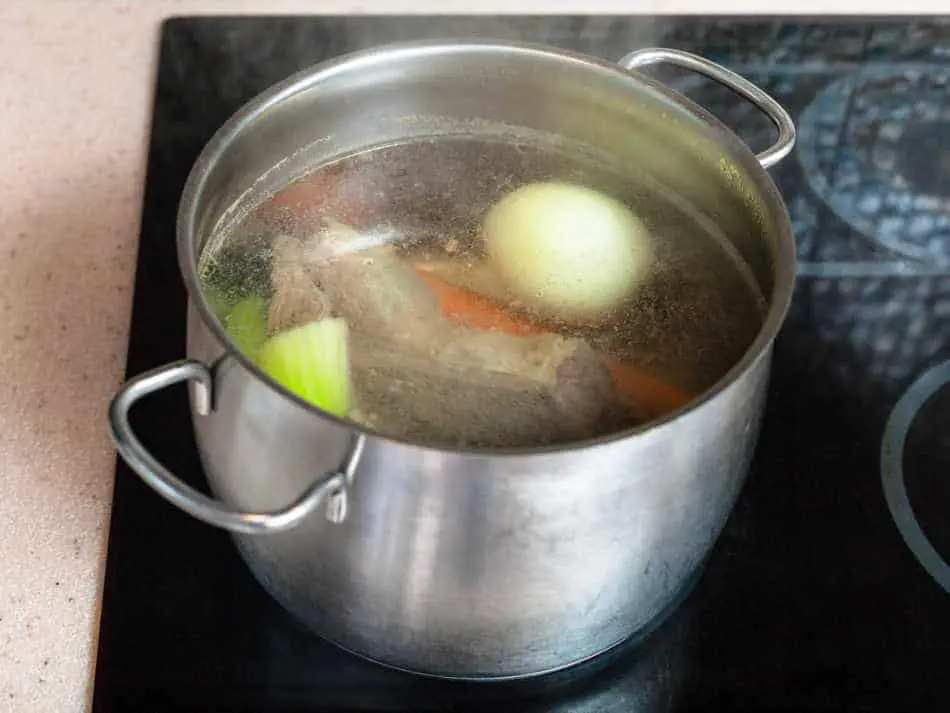
- Adding flavor and moisture to simmered dishes Liquids and broths are key components in simmered dishes as they add moisture and richness to the recipe. Use vegetable, chicken, or beef broth, or even wine, to provide additional depth of flavor to the dish. Traditionally, simmered dishes have a thick and flavorful sauce, which is achieved by allowing the liquids to reduce and concentrate during the simmering process.
- Choosing the right liquids for desired results When selecting liquids for simmering, consider the flavor profile you want to achieve. Lighter broths or stocks work well for delicate ingredients, while heartier broths add richness to dishes like stews or braises. Additionally, consider using homemade broths or stocks to further enhance the flavor of your simmered dishes.
C. Managing simmering times for different ingredients
- Adjusting cooking times for various ingredients Different ingredients require different amounts of time to cook to reach the desired tenderness. For example, tougher cuts of meat may require longer simmering times to become tender, while vegetables or seafood may only need a short simmering period to avoid becoming overcooked. Adjust the cooking times accordingly to ensure that each component of the dish is cooked to perfection.
- Maintaining desired textures through careful monitoring Simmering allows for precise control over the texture of ingredients. It is important to monitor the texture of the simmered ingredients throughout the cooking process to prevent overcooking or undercooking. Taste and test the tenderness of the ingredients periodically to achieve the desired texture and consistency.
V. Troubleshooting Simmering Issues
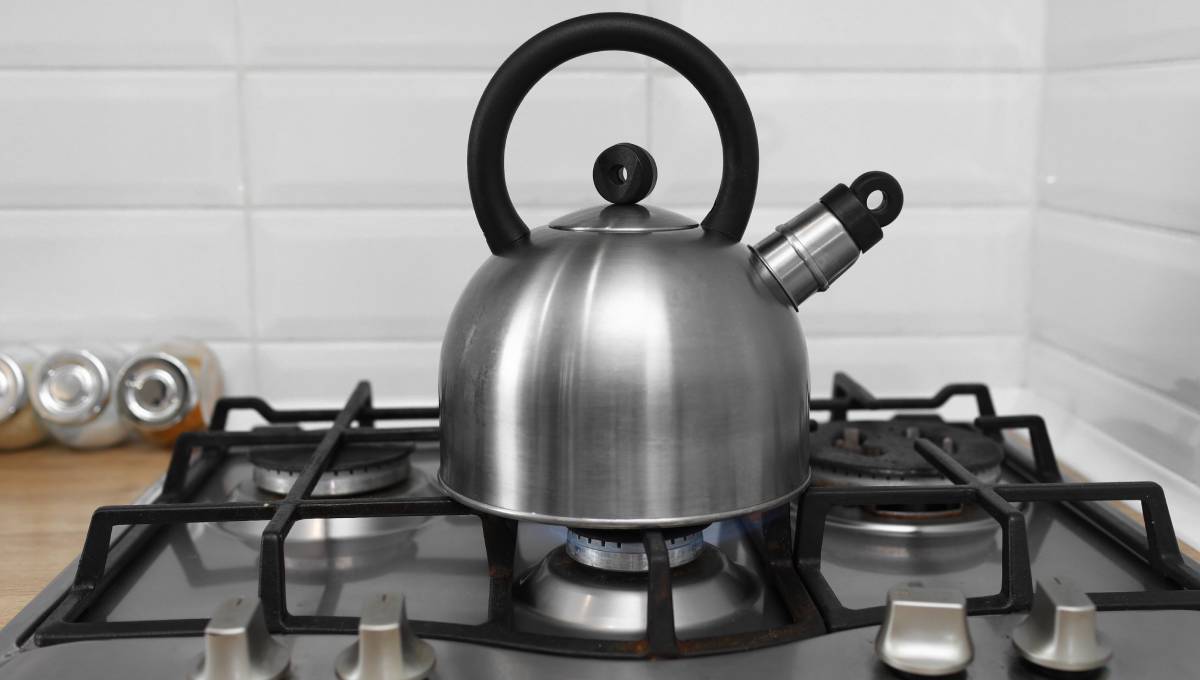
A. Preventing overcooking or drying out
- Monitoring simmering times for delicate ingredients Delicate ingredients such as fish, seafood, or leafy greens have shorter cooking times to prevent overcooking. Keep a close eye on these ingredients and adjust the simmering time accordingly to avoid drying them out or losing their delicate textures.
- Adjusting heat or adding liquids as needed If simmering seems to be progressing too quickly or the dish is drying out, reduce the heat slightly or add more liquids to maintain the desired simmering conditions. This will prevent overcooking and help retain moisture in the dish.
B. Addressing uneven cooking or sticking
- Stirring occasionally to prevent sticking or scorching To prevent ingredients from sticking to the bottom of the pot or pan, stir the dish occasionally during the simmering process. This helps distribute heat evenly and avoids burning or uneven cooking.
- Using a heat diffuser for more even heat distribution If you notice uneven heat distribution during simmering, consider using a heat diffuser. This accessory helps distribute heat evenly, preventing hot spots and ensuring more consistent cooking.
VI. Conclusion
A. Recap of the various tips for creating flavorful simmered dishes Incorporating aromatics, herbs, and spices, allowing sufficient simmering time, and incorporating liquids and broths are key techniques for infusing flavors into simmered dishes. Adjusting the cooking times of different ingredients and monitoring the textures ensure successful simmering.
B. Emphasis on troubleshooting simmering issues Addressing problems such as overcooking or drying out, and uneven cooking or sticking, helps maintain the quality and integrity of the simmered dishes. Following troubleshooting tips can prevent undesirable outcomes and ensure delicious results.
C. Encouragement to experiment and refine simmering skills Mastering the art of simmering requires practice and experimentation. Embrace the versatility and creative possibilities of simmering to develop your own signature dishes. With the tips provided, you can confidently simmer a wide range of flavorful and satisfying dishes.
